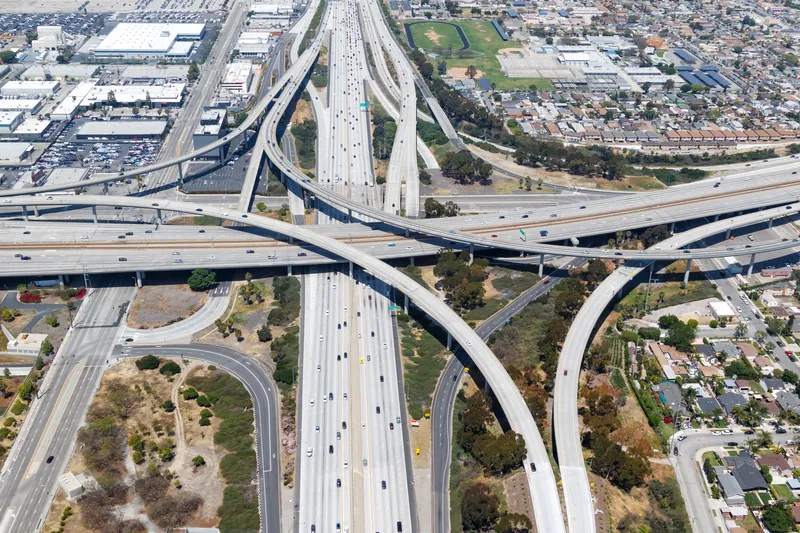Russian President Vladimir Putin has instructed the National Wealth Fund (NWF) to allot US$6.07 billion for infrastructure projects involving the Russian Direct Investment Fund (RDIF). The RDIF has already selected eleven transport infrastructure projects involving ports, toll roads, metro, telecommunications including trunk lines to scarcely populated areas and a Europe - Asia fibre optic line, power energy and water supply.
December 18, 2013
Read time: 1 min
Russian President Vladimir Putin has instructed the National Wealth Fund (NWF) to allot US$6.07 billion for infrastructure projects involving the Russian Direct Investment Fund (RDIF). The RDIF has already selected eleven transport infrastructure projects involving ports, toll roads, metro, telecommunications including trunk lines to scarcely populated areas and a Europe - Asia fibre optic line, power energy and water supply.







